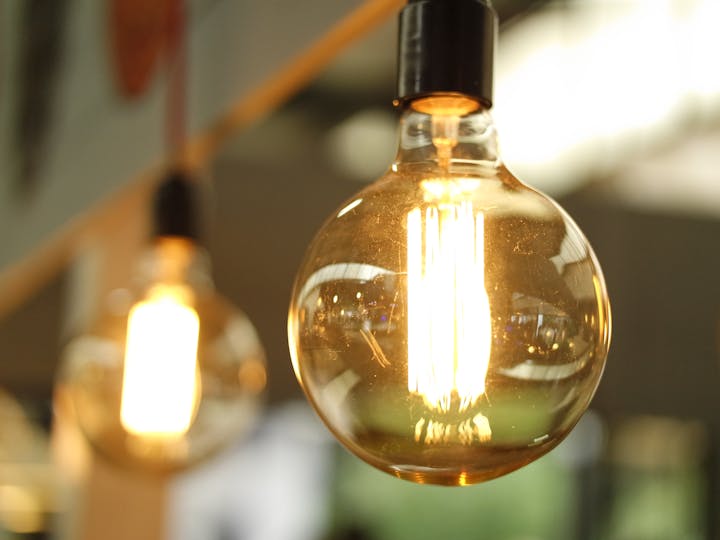Energy independence is becoming a defining goal for many households seeking to live more sustainably and reduce reliance on traditional utilities. Shifts in technology, combined with growing awareness of environmental impact, are helping families design lifestyles that are not only cost-efficient but also resilient. Building energy independence isn’t about making one change; it’s about rethinking how we power our homes, manage our resources, and shape daily habits to support a cleaner future.
Understanding Energy Independence
At its core, energy independence means relying less on outside sources for power and creating a system where your household generates and manages its own energy. For many, this starts with adopting renewable energy solutions such as solar panels, wind systems, or even geothermal options. The goal is to reduce dependence on fossil fuels and centralized grids, allowing families to control costs and lessen vulnerability to outages.
It’s not just about independence from utility bills, but also about gaining peace of mind and contributing to a more sustainable community.
The Role of Solar Power
One of the most accessible and effective ways to achieve energy independence is through solar energy. Advances in solar technology have made it more affordable, efficient, and adaptable to a wide range of homes. By investing in solar panel installation Tucson, homeowners can harness abundant sunlight to generate clean power directly for their household needs.
Solar panels provide the backbone of an independent energy lifestyle. They can be combined with storage solutions, such as home batteries, to capture excess energy for use at night or during cloudy days. This reduces reliance on the grid while also ensuring that power is available when it’s most needed.
Integrating Storage and Smart Systems
Energy independence goes beyond just generating power; it’s also about managing and storing it effectively. Home battery systems are becoming increasingly popular because they allow families to store solar energy for later use. Pairing this with smart home technology gives homeowners the ability to track usage patterns, optimize energy distribution, and even sell excess electricity back to the grid in some cases.
Smart thermostats, energy-efficient appliances, and LED lighting all play a role in lowering overall energy consumption, which means the renewable energy you generate stretches further. A combination of these tools helps create a self-sufficient household that uses power wisely.
Designing Daily Life Around Sustainability
Building energy independence is as much about lifestyle choices as it is about technology. Small, everyday actions can significantly support energy efficiency. Practices such as unplugging unused electronics, washing clothes in cold water, and scheduling high-energy tasks like running dishwashers during peak sunlight hours maximize the use of self-generated energy.
Families can also design their homes to complement renewable energy. Good insulation, natural ventilation, and energy-efficient windows all reduce the demand for heating and cooling systems, further lowering dependence on external energy.
Financial and Long-Term Benefits
While there is an upfront investment required for renewable energy systems, the long-term financial benefits are considerable. Homeowners who embrace solar power and other clean energy sources often experience significantly lower utility bills and protection against rising energy costs. In many cases, energy-efficient homes also see an increase in property value, making them more attractive on the housing market.
Beyond money, there is also the long-term benefit of resilience. Homes that are equipped with renewable systems and energy storage are less vulnerable to outages and grid failures, offering peace of mind in uncertain times.
A Lifestyle That Inspires Change
Perhaps one of the most powerful aspects of building an energy-independent lifestyle is the influence it has on others. Neighbors, friends, and family often take notice of the changes and may feel inspired to take their own steps toward renewable energy. This ripple effect helps spread sustainable practices, creating stronger, greener communities.
Choosing independence isn’t about going off-grid entirely; it’s about making smart choices that empower households while reducing environmental impact. With each step toward self-sufficiency, homeowners contribute to a healthier planet and a more sustainable future.


